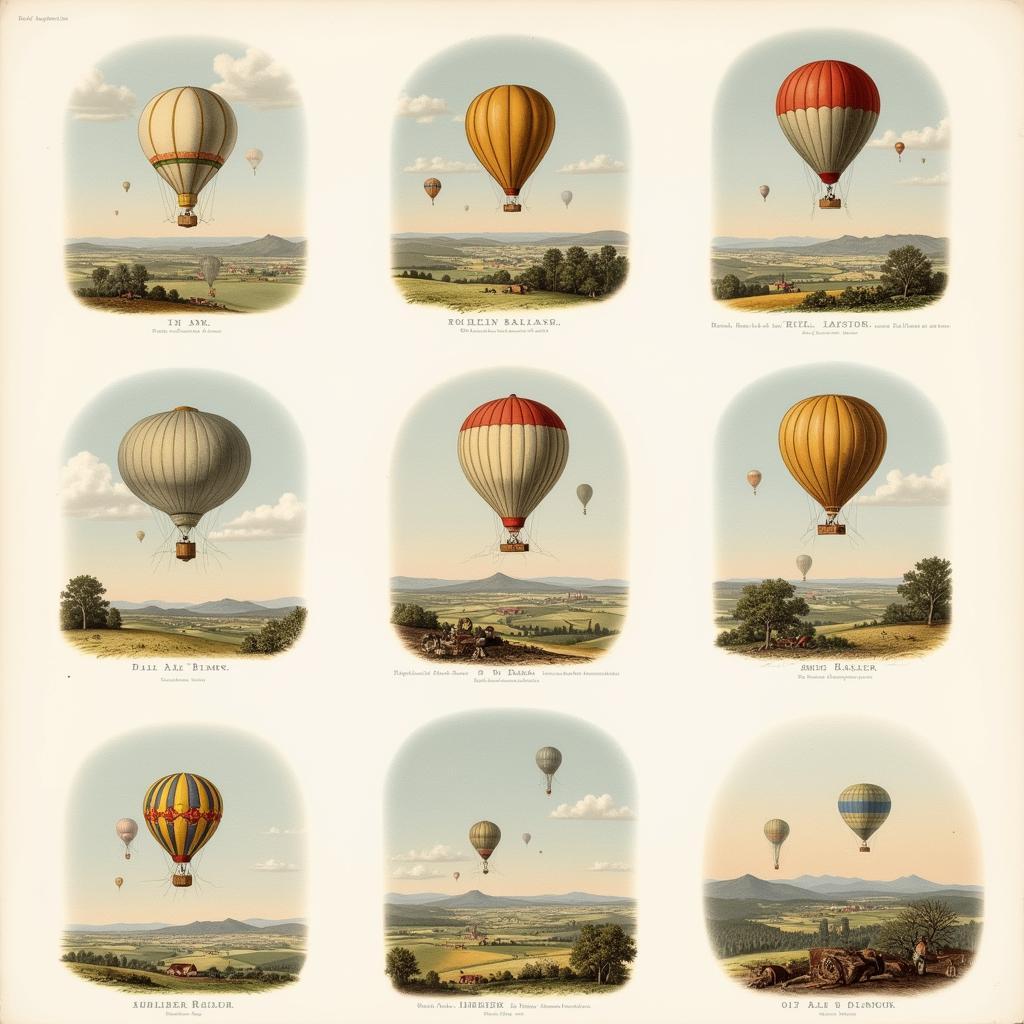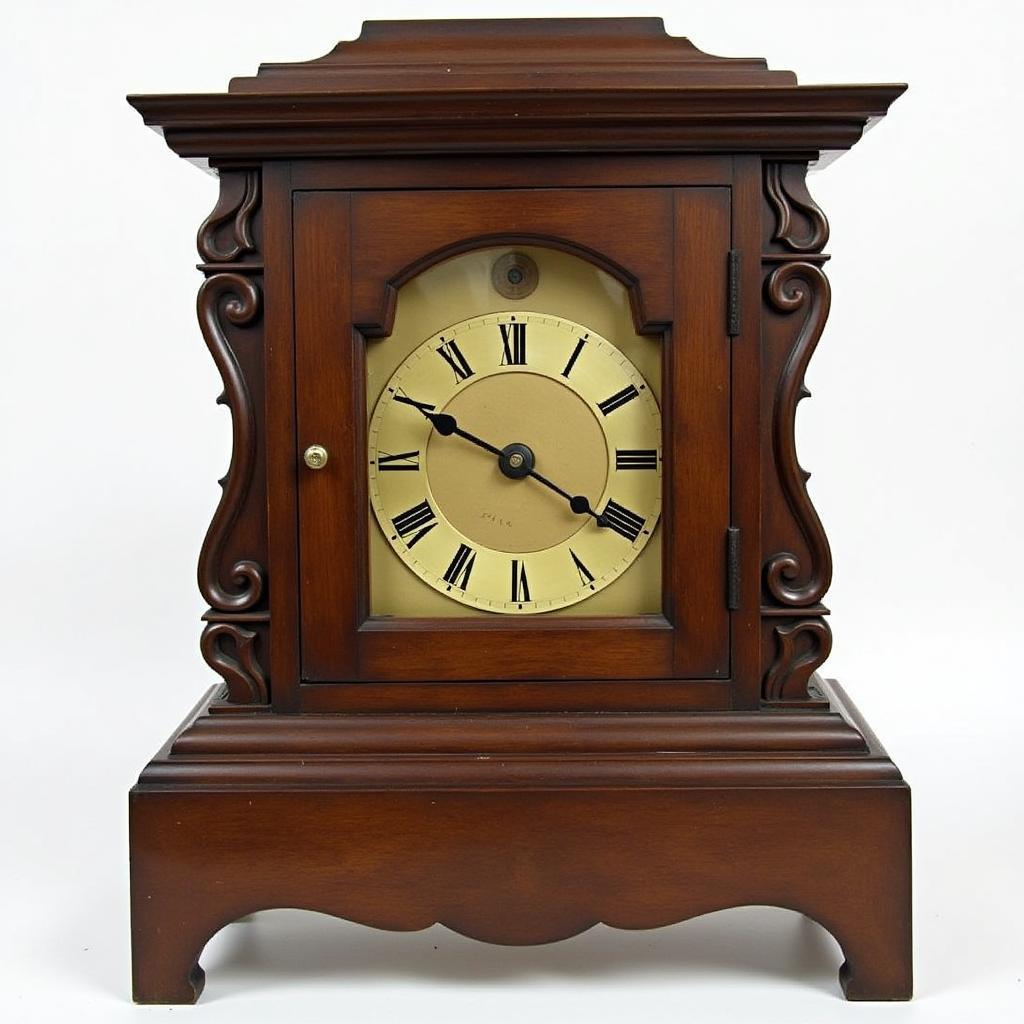Soaring Through Creativity: Exploring the World of Aeronautical Art
Aeronautical Art, a captivating genre that merges the beauty of flight with the power of artistic expression, invites us to explore the boundless skies and the marvels of aviation through a unique visual language.
Taking Flight Through Brushstrokes: What is Aeronautical Art?
Aeronautical art encompasses a wide range of artistic styles and mediums, all united by a common thread: the depiction of aircraft, flight, and the spirit of aviation. From the earliest sketches of hot air balloons to contemporary digital illustrations of supersonic jets, this genre captures the technical intricacies of aircraft design alongside the awe-inspiring grandeur of flight.
A Brief History of Reaching for the Heavens: Aeronautical Art Through the Ages
The desire to depict flight predates humanity’s ability to achieve it. Early cave paintings illustrate birds in flight, demonstrating a fascination with the skies that has captivated humankind for centuries. The invention of the hot air balloon in the 18th century sparked a wave of artistic creations, with artists like Étienne Montgolfier, one of the inventors of the hot air balloon, creating detailed technical drawings and sketches that blended scientific precision with artistic flair.
 Early Aeronautical Illustrations
Early Aeronautical Illustrations
The early 20th century witnessed the birth of powered flight, ushering in a golden age for aeronautical art. Artists like Louis Weirter and Roy Cross became renowned for their dynamic paintings of biplanes and early aircraft, capturing the daring spirit of aviation pioneers and the rapid technological advancements of the era.
Beyond the Canvas: Diverse Styles and Mediums in Aeronautical Art
Aeronautical art transcends the limitations of any single medium. Artists utilize a diverse array of techniques and materials to bring their aerial visions to life:
- Painting: Oil, acrylic, and watercolor paintings offer rich textures and vibrant hues, allowing artists to depict the fluidity of movement and the interplay of light and shadow on aircraft surfaces.
- Drawing: Detailed pencil sketches and charcoal drawings highlight the intricate technical details of aircraft design, while also allowing for expressive interpretations of flight.
- Sculpture: Bronze, steel, and mixed-media sculptures provide a three-dimensional perspective on aircraft, capturing their powerful forms and the dynamic energy of flight.
- Digital Art: Contemporary digital tools and software empower artists to create photorealistic renderings of aircraft, experiment with abstract interpretations of flight, and explore new frontiers in aeronautical art.
The Enduring Allure of Aeronautical Art: Why We’re Captivated by Flight
Aeronautical art continues to resonate with audiences worldwide, captivating our imagination and inspiring a sense of wonder. Here are some reasons why:
- Celebration of Human Ingenuity: Aeronautical art pays tribute to the remarkable achievements of engineering and the human spirit of innovation that made flight possible.
- The Beauty of Flight: The elegance, grace, and sheer power of flight evoke a sense of awe and wonder that transcends cultural boundaries.
- Historical Significance: Aeronautical art often serves as a visual record of aviation history, preserving the legacy of iconic aircraft and pivotal moments in flight.
Conclusion:
Aeronautical art invites us to embark on a journey through the skies, exploring the technical marvels and artistic interpretations of flight. From the earliest depictions of hot air balloons to the digital masterpieces of today, this captivating genre continues to evolve and inspire, reminding us of the boundless possibilities that lie at the intersection of art, technology, and the human imagination.



